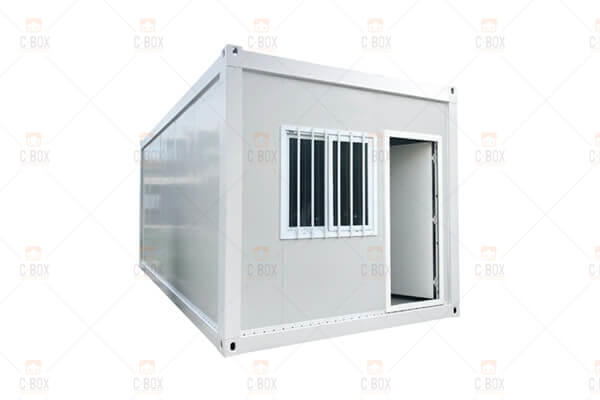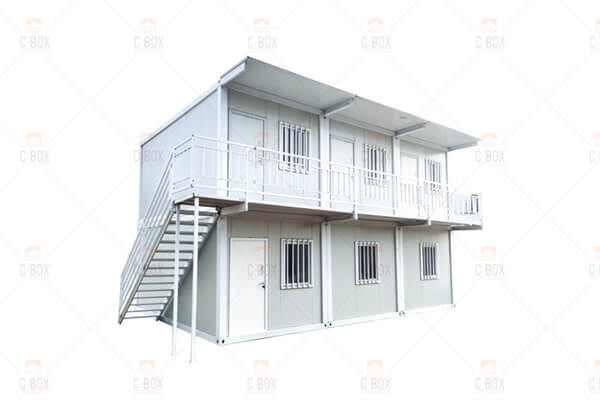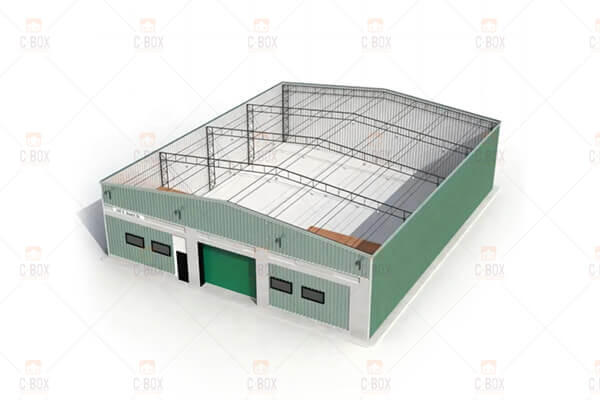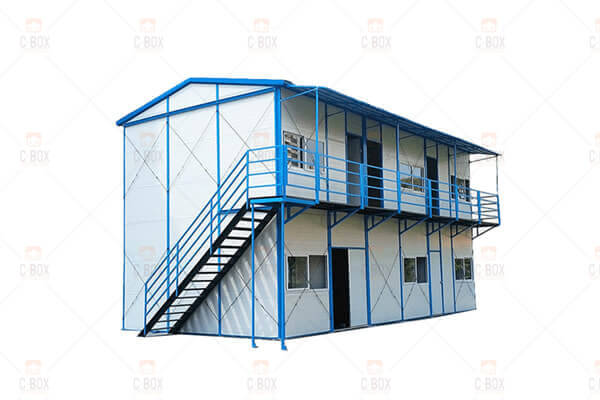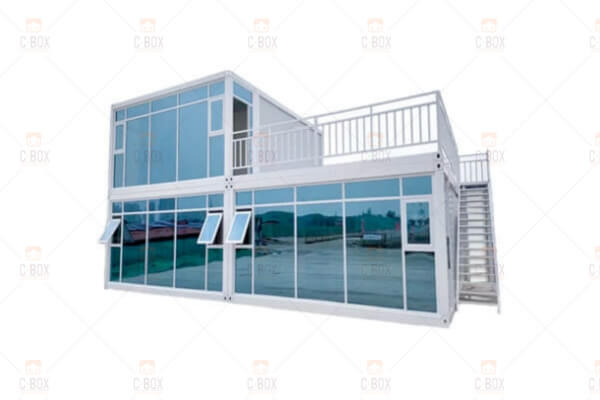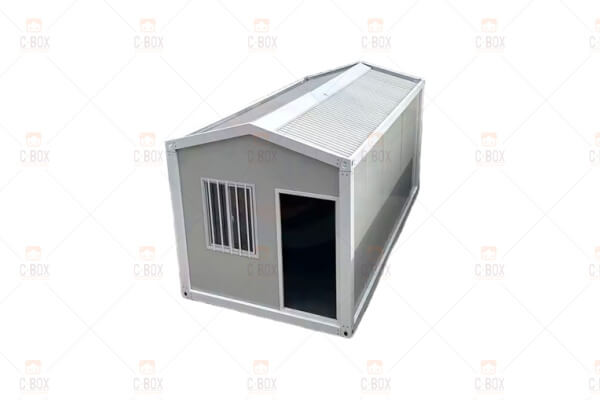Demanda en evolución de viviendas integradas en el mercado global
The concept of industrialized housing began in the United States in the 1930s, initially as an extension of garage businesses. Over the past 180 years, it has evolved into various market applications worldwide. The 1950s saw a surge in residential industrialization in some European countries, which spread across Europe in the 1960s and later to economically developed nations like the United States, Canada, and Japan. These markets have undergone significant transformations in both quantity and quality, achieving high levels of development and industry concentration. Today, the rental market is substantial, with highly integrated and comfortable box-type modular houses dominating.
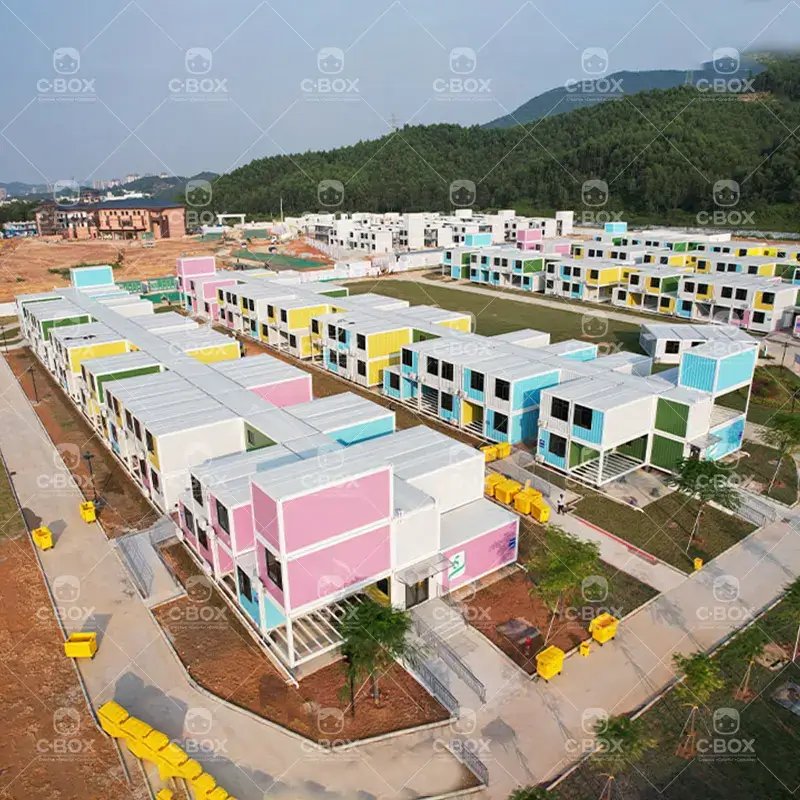
Global Trends in Mobile Housing
Currently, the development of mobile houses abroad is shifting in two key ways. Firstly, with the industrialization of house manufacturing, mobile houses have transitioned from temporary to permanent structures. Secondly, as urbanization in major mobile house-producing countries like Japan, the United States, and France has reached its peak, the application of mobile houses has expanded beyond temporary construction to include business, commerce, tourist villas, and other fields. Mobile houses are now commonly used in office buildings, shops, laboratories, industrial plants, schools, kindergartens, sanatoriums, hospitals, tourist villas, motels, hotels, restaurants, and residential homes.
China’s Expanding Integrated Housing Market
Since the reform and opening up, China’s economy has grown rapidly, with large-scale urbanization underway. This process is expected to continue for the next 20 to 30 years, during which various fields and industries will experience high development. In constructing numerous permanent buildings, structures, roads, bridges, and transportation facilities, a significant number of temporary buildings are required. Additionally, industries needing long-term fieldwork, emergency situations, disaster relief, tourism, and peak festival traffic demand temporary houses that meet diverse requirements. Consequently, various temporary buildings have emerged.
With advancements in design and manufacturing, the safety and comfort of mobile houses have improved, and their use has gained societal acceptance, leading to increased utilization. As a result, China’s prefabricated houses have maintained strong market demand, a trend expected to continue.
High Demand for Temporary Buildings
Currently, the demand for temporary buildings varies across industries. The construction industry and urban rail transit construction sites have the highest demand for prefabricated houses, used for workers’ dormitories, offices, canteens, and warehouses. In the past, northern regions used simple sheds built with small angle steel tents, later improved to cement board houses. The south used bamboo sheds, and long-term outdoor operations required multi-purpose container-type prefabricated houses. Now, light steel structure composite houses are increasingly used. In Beijing construction projects, the use of these houses has grown year by year, now accounting for more than half of the total. In Guangdong Shenzhen construction sites and urban rail transit construction sites, almost all temporary houses are light steel structure composite houses.
The demand for these temporary buildings is large and growing annually. However, safety and quality issues occasionally arise. China’s residential industrialization is still in its early stages. Learning from international development experiences and aligning with China’s market needs will present both challenges and opportunities for industry enterprises.
Conclusion
The integrated housing market is evolving globally, with significant advancements in mobile housing. As urbanization continues and the demand for flexible, cost-effective housing solutions grows, the industry is poised for further development. Embracing these changes will be crucial for enterprises looking to capitalize on emerging opportunities in the integrated housing market.

